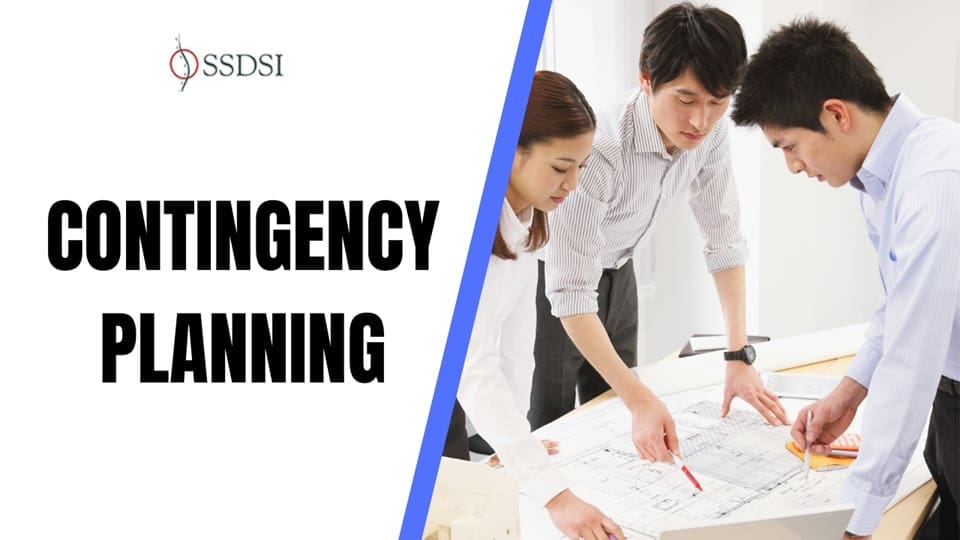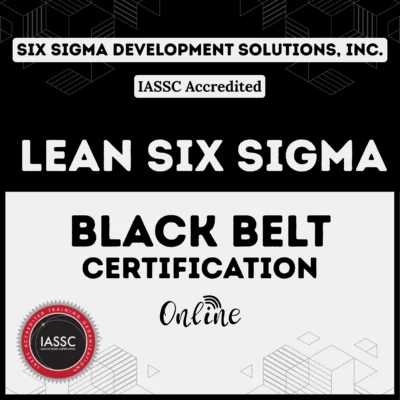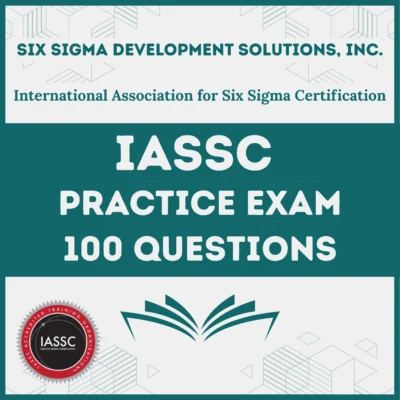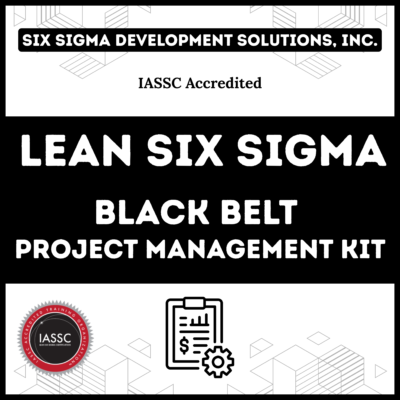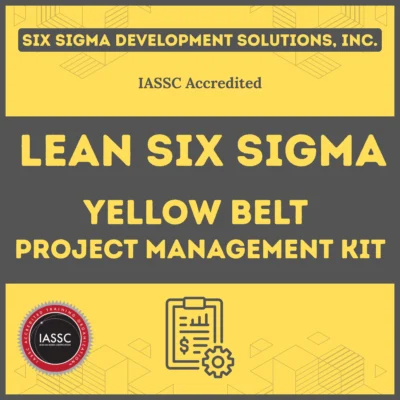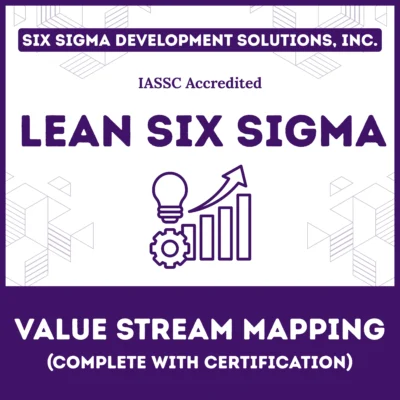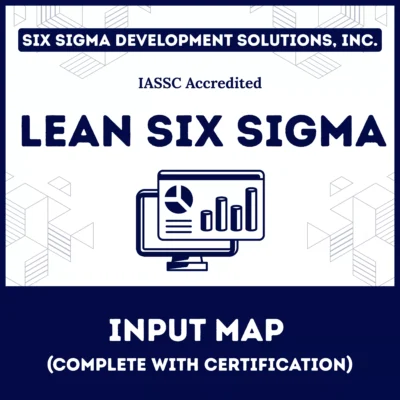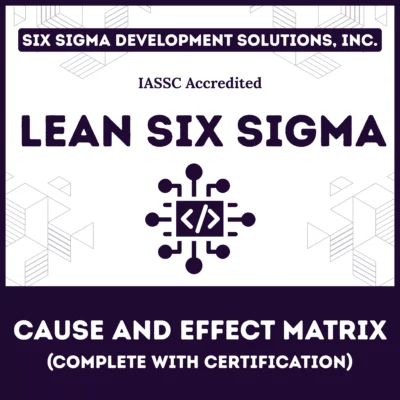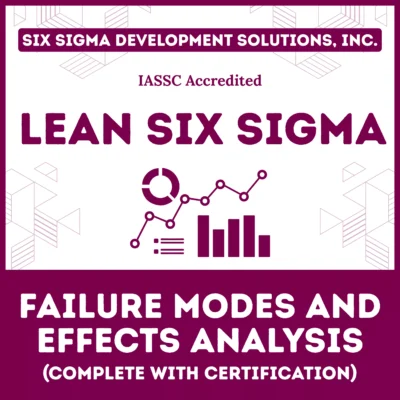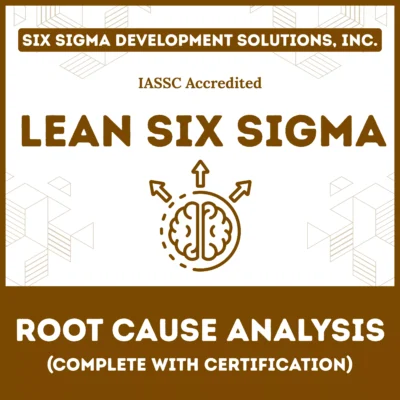What is a contingency plan? Simply put, it’s a detailed roadmap that outlines specific actions your organization will take when facing particular risks or emergency situations. Unlike general business strategies, contingency plans focus specifically on “what if” scenarios, providing clear guidance when normal operations become impossible.
The contingency plan meaning extends beyond mere crisis response. These strategic documents serve as comprehensive frameworks that help organizations maintain stability during turbulent times while protecting stakeholders, assets, and long-term objectives. Moreover, effective contingency planning demonstrates responsible leadership and builds confidence among employees, customers, and investors.
Table of contents
Definition of Contingency Plan
At its core, a contingency plan is a strategic blueprint designed to address potential risks or disruptions. Think of it as a safety net—a predefined set of actions to take when things go off course. The contingency plan definition emphasizes preparedness, ensuring that you’re not caught off guard by unforeseen events.
Whether it’s a business contingency plan, an emergency contingency plan, or a project contingency plan, the goal is the same: minimize damage, maintain operations, and recover swiftly.
For instance, imagine a retail business facing a supply chain breakdown. A well-crafted contingency plan might include alternative suppliers or inventory stockpiling strategies. By anticipating risks, you’re not just reacting—you’re staying one step ahead.
Video
Why Contingency Planning Matters?
Why invest time in contingency planning? Simply put, it’s about resilience. Unexpected events, from cyberattacks to natural disasters, can derail even the best-laid plans. According to a 2023 study by the Business Continuity Institute, 60% of businesses without a contingency plan fail within two years of a major disruption. That’s a stark reminder of the stakes involved.
Moreover, contingency planning builds confidence. Stakeholders, employees, and clients trust organizations that demonstrate foresight. Whether you’re managing a small startup or a large-scale project, a contingency strategy signals that you’re prepared for any storm.
Public, Onsite, Virtual, and Online Six Sigma Certification Training!
- We are accredited by the IASSC.
- Live Public Training at 52 Sites.
- Live Virtual Training.
- Onsite Training (at your organization).
- Interactive Online (self-paced) training,
Contingency Planning Process
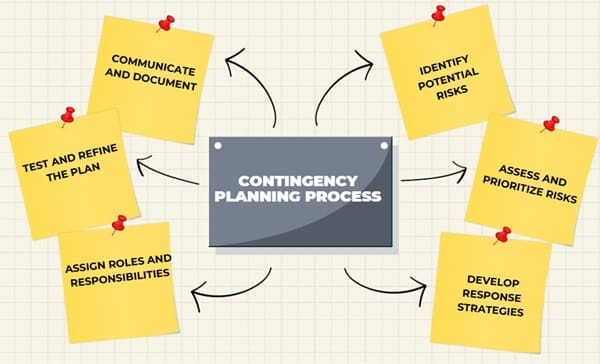
Creating a contingency plan for business or project management isn’t about guessing what might happen—it’s a structured process. Here’s how to build a robust plan that covers all bases:
Step 1: Identify Potential Risks
Start by brainstorming every possible risk. These could include:
- Natural disasters: Floods, earthquakes, or hurricanes.
- Technological failures: Data breaches, software crashes, or hardware malfunctions.
- Human-related issues: Employee turnover, strikes, or errors.
- Market disruptions: Economic downturns, supply chain issues, or regulatory changes.
For example, in project contingency planning, you might identify risks like delayed deliverables or budget overruns. Use tools like SWOT analysis or risk assessment matrices to prioritize risks based on likelihood and impact.
Step 2: Assess and Prioritize Risks
Not all risks are created equal. A business contingency plan should focus on high-impact, high-probability risks first. For instance, a tech company might prioritize cybersecurity threats over a rare natural disaster. Assign each risk a score based on its potential to disrupt operations and the severity of its consequences.
Step 3: Develop Response Strategies
For each identified risk, outline specific actions. This is where contingency plan examples shine. Consider a manufacturing firm facing equipment failure. Their plan might include:
- Backup equipment: Leasing or purchasing spare machinery.
- Maintenance schedules: Regular checks to prevent breakdowns.
- Vendor agreements: Contracts with repair services for quick fixes.
In project management, a contingency plan example might involve allocating extra budget (a project contingency) or scheduling buffer time to accommodate delays.
Step 4: Assign Roles and Responsibilities
A plan is only as good as its execution. Clearly define who does what when a risk materializes. For instance, in an emergency contingency plan, designate a crisis manager to coordinate responses and communicate with stakeholders. Ensure everyone knows their role through training and regular updates.
Step 5: Test and Refine the Plan
A contingency plan isn’t a one-and-done document. Test it through simulations or tabletop exercises to identify gaps. For example, a hospital’s HIPAA business continuity requirements might mandate regular drills to ensure compliance during data breaches. Refine the plan based on feedback and changing circumstances.
Step 6: Communicate and Document
Share the plan with all relevant parties—employees, vendors, and stakeholders. Store it in an accessible location, like a cloud-based platform, to ensure it’s available during a crisis. Regular communication keeps everyone aligned and ready to act.
Contingency Planning in Different Contexts
Business Contingency Planning
A business contingency plan is essential for maintaining operations during disruptions. For example, a retail chain might face a sudden closure due to a health crisis. Their plan could include shifting to e-commerce, implementing contactless delivery, or securing emergency funding. According to a 2024 report by Deloitte, businesses with robust contingency plans recover 50% faster from disruptions than those without.
Project Contingency Planning
In project management, a contingency plan ensures projects stay on track despite setbacks. For instance, a construction project might face delays due to weather. A project contingency plan could include flexible timelines or alternative work schedules. The Project Management Institute notes that projects with contingency plans are 30% more likely to meet deadlines and budgets.
Event Safety Plans
For events, an event safety plan is a specialized form of contingency planning. Consider a music festival facing a sudden storm. The plan might include evacuation routes, medical tents, and communication protocols to ensure attendee safety. These plans are critical for large gatherings where risks like crowd surges or medical emergencies are possible.
Mitigation vs. Contingency
It’s worth noting the difference between mitigation and contingency. Mitigation focuses on preventing risks (e.g., installing fire alarms to reduce fire hazards). Contingency planning, however, prepares for risks that can’t be prevented (e.g., evacuating a building during a fire). Both are complementary and essential for comprehensive risk management.
Also Read: What is Scenario Planning? Definition, Benefits & How to Use It [2025]
Examples
Let’s explore some real-world contingency plan examples to illustrate their impact:
- Tech Company Data Breach: A software firm faces a cyberattack. Their contingency plan includes isolating affected systems, notifying customers, and deploying backup servers to restore operations. This swift response minimizes downtime and maintains customer trust.
- Restaurant Supply Chain Disruption: A restaurant chain loses a key supplier. Their business contingency plan involves pre-vetted alternative suppliers and a stockpile of essential ingredients, ensuring menus remain unaffected.
- Construction Project Delay: A construction firm faces labor shortages. Their project contingency plan includes cross-training workers and hiring temporary staff to keep the project on schedule.
These examples show how contingency plans adapt to specific industries and risks, providing a tailored approach to resilience.
Essential Components of Effective Contingency Plans
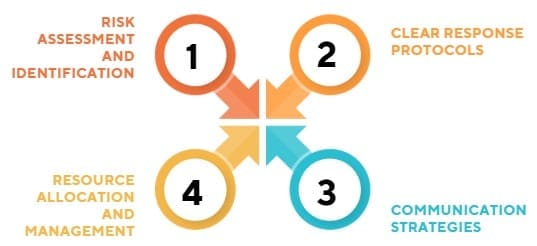
Risk Assessment and Identification
The foundation of any successful contingency strategy begins with comprehensive risk assessment. This process involves systematically identifying potential threats, evaluating their likelihood, and assessing their potential impact on operations. Common risk categories include:
- Operational risks: Equipment failures, supply chain disruptions, key personnel departures
- Financial risks: Market volatility, cash flow problems, economic downturns
- External risks: Natural disasters, regulatory changes, cyber attacks
- Reputational risks: Public relations crises, social media backlash, customer complaints
Clear Response Protocols
Once risks are identified, developing specific response protocols becomes crucial. These protocols should outline who takes responsibility for each action, what resources are required, and how decisions will be communicated throughout the organization. Effective protocols include trigger points that automatically activate specific responses when predetermined conditions are met.
Communication Strategies
During crisis situations, clear communication prevents confusion and maintains stakeholder confidence. Emergency contingency plans must include detailed communication frameworks that address internal coordination, external messaging, and media relations. Additionally, these frameworks should specify backup communication methods when primary systems fail.
Resource Allocation and Management
Successful contingency execution requires adequate resources, including financial reserves, alternative suppliers, backup facilities, and trained personnel. Business contingency plans should clearly identify available resources and establish procedures for rapidly deploying them when needed.
Common Contingency Planning Mistakes and How to Avoid Them
Over-Complexity
Many organizations create overly complex plans that become unusable during actual emergencies. Effective contingency plans balance thoroughness with simplicity, ensuring that stressed team members can follow procedures quickly and accurately.
Insufficient Testing
Plans that aren’t regularly tested often fail when actually needed. Organizations should conduct various types of exercises including full-scale drills, desktop simulations, and component testing to validate plan effectiveness.
Outdated Information
Contingency plans quickly become obsolete without regular updates. Changes in personnel, technology, suppliers, or business processes can render existing plans ineffective or even counterproductive.
Also Read: What is Project Planning? Definition, Steps & Why It’s Crucial?
Measuring Contingency Planning Effectiveness
Key Performance Indicators
Organizations should establish specific metrics to evaluate contingency plan performance including response time, resource utilization efficiency, and stakeholder satisfaction during crisis events.
Post-Event Analysis
After activating contingency plans, organizations must conduct thorough post-event analyses to identify improvement opportunities and update plans accordingly.
Regular Plan Reviews
Beyond post-event analysis, organizations should conduct scheduled plan reviews to ensure continued relevance and effectiveness.
FAQs About Contingency Planning
What is a contingency plan?
A contingency plan is a strategic set of actions designed to address potential risks or disruptions, ensuring minimal impact on operations.
Why is contingency planning important for businesses?
Contingency planning helps businesses recover quickly from disruptions, maintain customer trust, and avoid financial losses.
What’s the difference between a contingency plan and a business continuity plan?
A contingency plan addresses specific risks, while a business continuity plan focuses on maintaining overall operations during and after a crisis.
Can you give an example of a contingency plan?
A retail store might have a contingency plan for a power outage, including backup generators and manual sales processes to continue operations.
How often should a contingency plan be updated?
Review and update your contingency plan annually or whenever significant changes occur, such as new risks or business expansions.
Final Words
Contingency planning isn’t just a buzzword—it’s a lifeline. By anticipating risks, creating actionable strategies, and fostering a culture of preparedness, you can navigate uncertainties with confidence. Whether you’re safeguarding a business, managing a project, or organizing an event, a contingency plan empowers you to face the unexpected head-on.

About Six Sigma Development Solutions, Inc.
Six Sigma Development Solutions, Inc. offers onsite, public, and virtual Lean Six Sigma certification training. We are an Accredited Training Organization by the IASSC (International Association of Six Sigma Certification). We offer Lean Six Sigma Green Belt, Black Belt, and Yellow Belt, as well as LEAN certifications.
Book a Call and Let us know how we can help meet your training needs.

